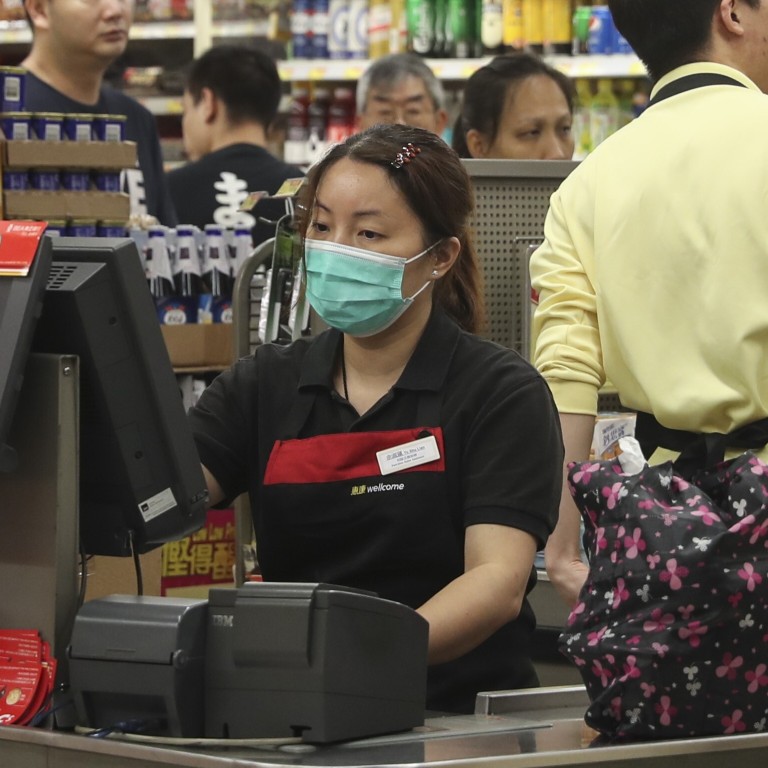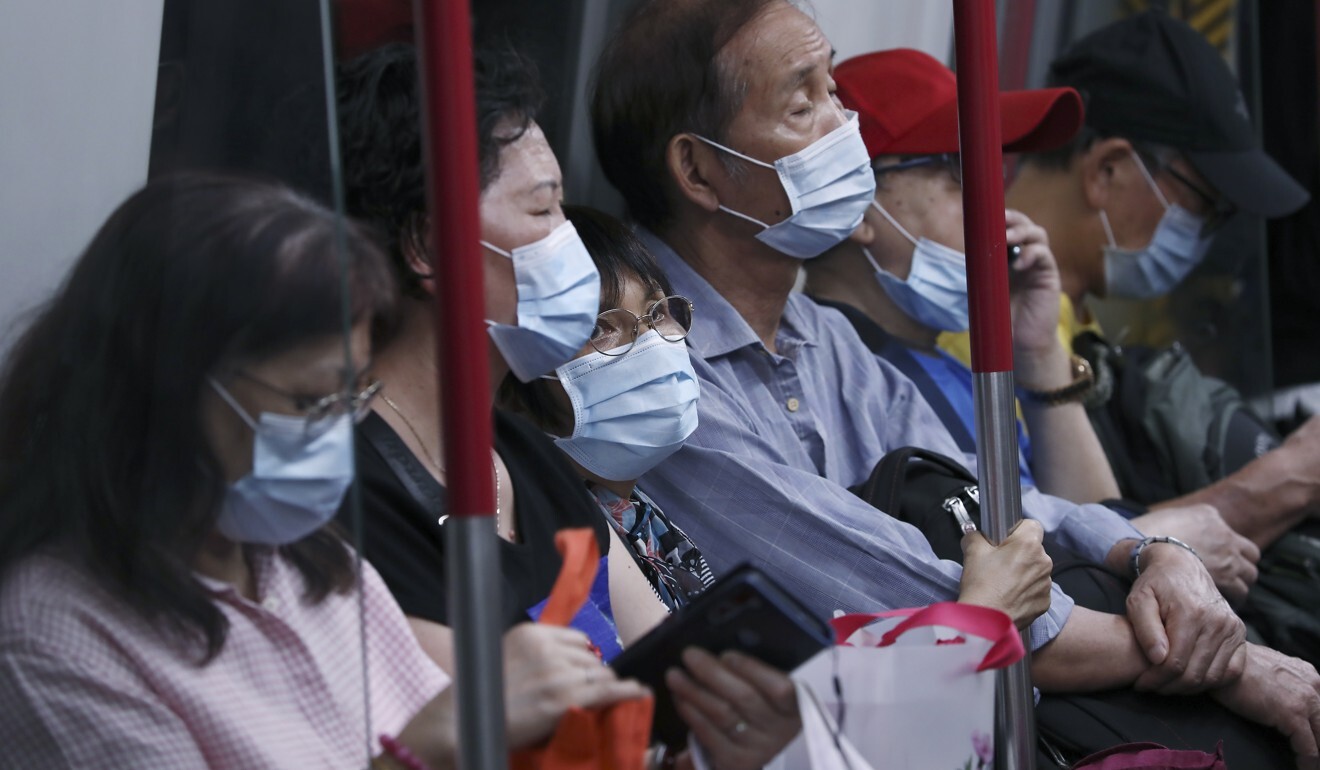
Sacrifices of low-paid should be rewarded when recovery starts
- Following the freezing of the minimum wage in a city with a yawning wealth gap, officials need to revisit their decision when better times dawn
Hong Kong may have got off relatively lightly from Covid-19 so far. But it says something about the swathe of damage to the economy that it cannot afford a rise expected by the very lowest paid in the community.
For the first time since a legal wage floor was introduced in 2011, the Minimum Wage Commission has frozen it at HK$37.50 (US$4.84) an hour, the level since May 2019. With the rate reviewed only once every two years, the lowest earners face four years without a pay rise.
High unemployment and a deep recession caused by a pandemic yet to run its course are cited as the reasons.
Some union leaders are angry that their weakest members missed out altogether. Given they have lost ground gained with a HK$3 rise two years ago, that is understandable. It is a no-win situation for both sides. A business representative says firms are losing money and digging into reserves as it is, despite government aid packages.

Workers’ representatives on the commission were looking for at least HK$39 an hour. According to 2019 figures, fewer than 22,000 workers earn the minimum, but any rise would have had a knock-on effect if those just above it were to maintain their margins.
The commission estimated that if the minimum wage was raised to between HK$38 and HK$44, the cost to businesses would be between HK$160 million and HK$15.53 billion, assuming the economy grew by 4 per cent in the first half of the year.
The commission includes representatives from business and labour, as well as government officials and academics. The no-rise recommendation apparently reflected a fine balance of opinion. Sadly in a city both rolling in wealth and mired in relative poverty, it preserves a yawning gap between the legal minimum and a “living wage” – the minimum needed to make ends meet.
About three years ago, Oxfam and Chinese University did some research among poor families that indicated a “living wage” – or the means to afford the basic necessities of life such as shelter, food and transport, ranged from at least HK$54 an hour for a single person working four six-day weeks plus two days, to nearly twice that for a family of three. Official figures show one in five Hongkongers live below the poverty line before government intervention. The pandemic exacerbates their plight and the ageing population does nothing to reduce their number.
Hong Kong’s hourly minimum wage frozen at HK$37.50
The freezing of the minimum wage was expected. Ultimately the goal should remain to narrow the gap with a living wage. We have argued before that in the unlikely event strong economic growth were to resume sooner rather than later, officials could leave it open to revisit their decision.
Certainly, whenever recovery happens, the sacrifices of the low-paid workers should not be forgotten.

